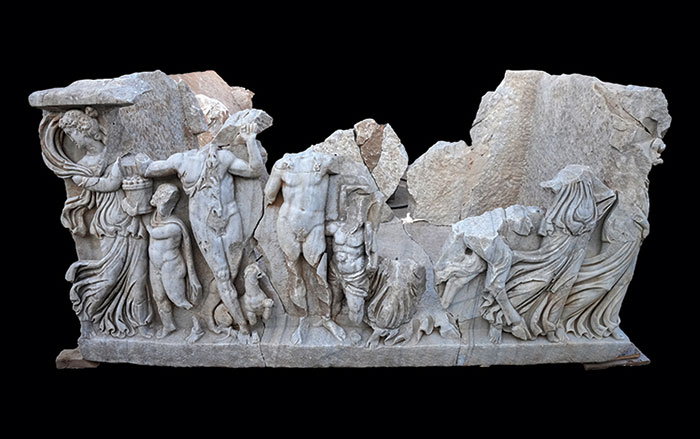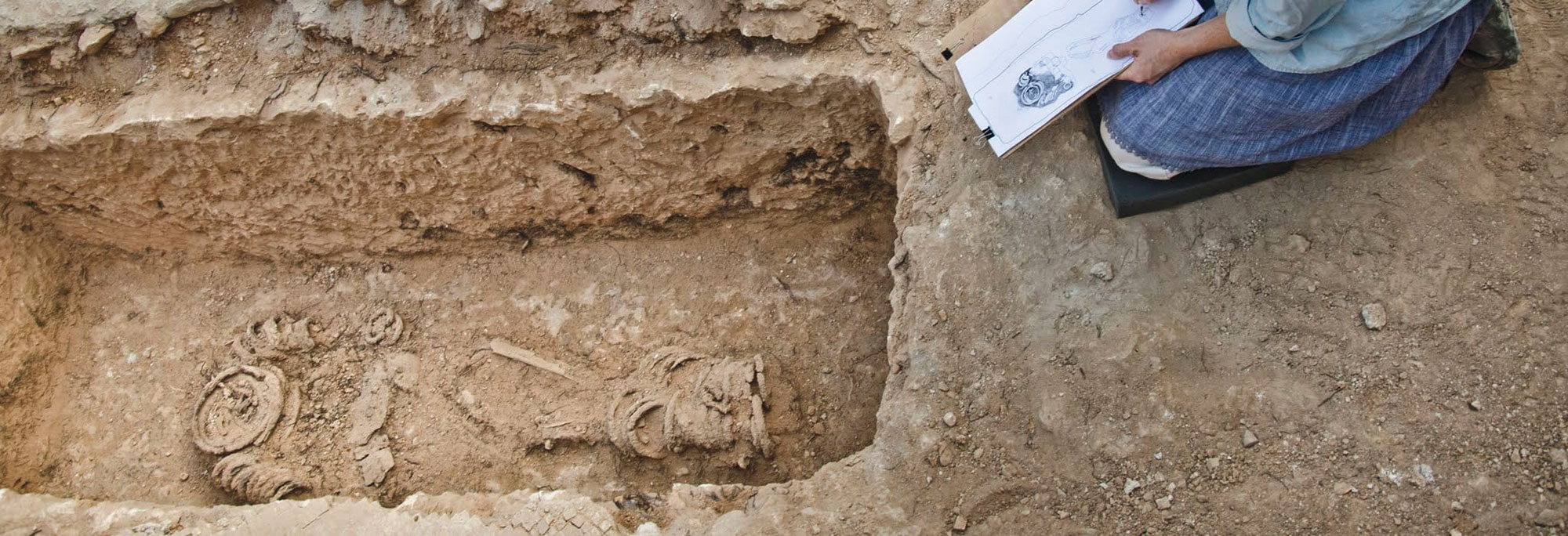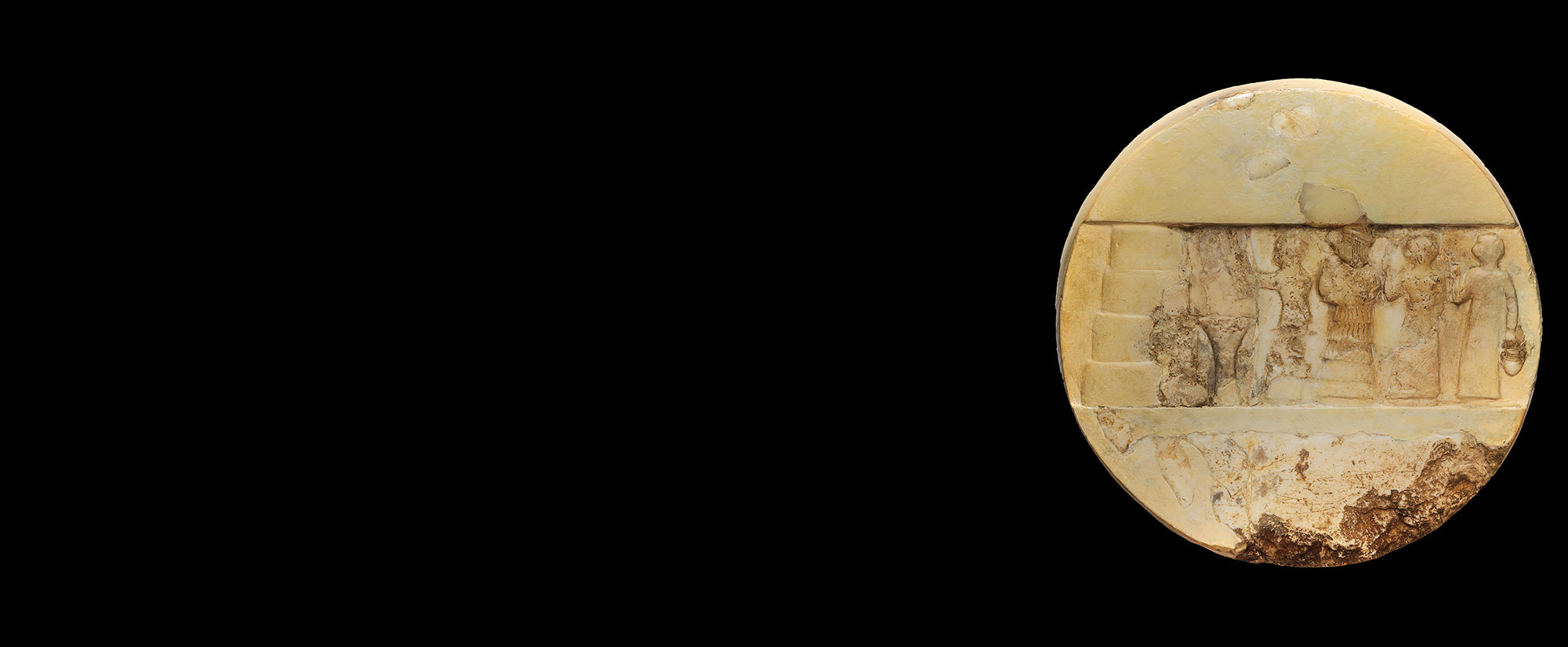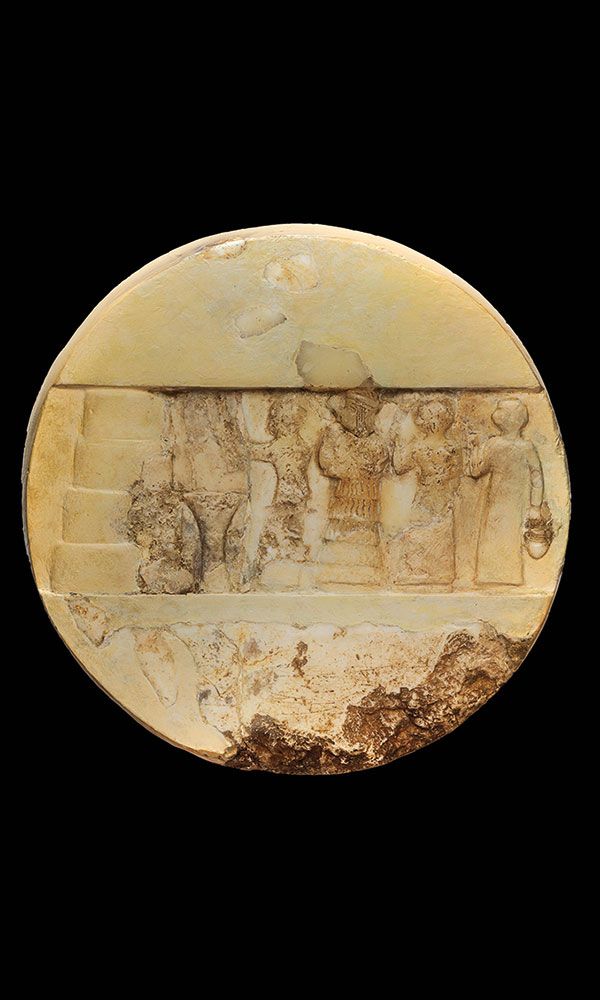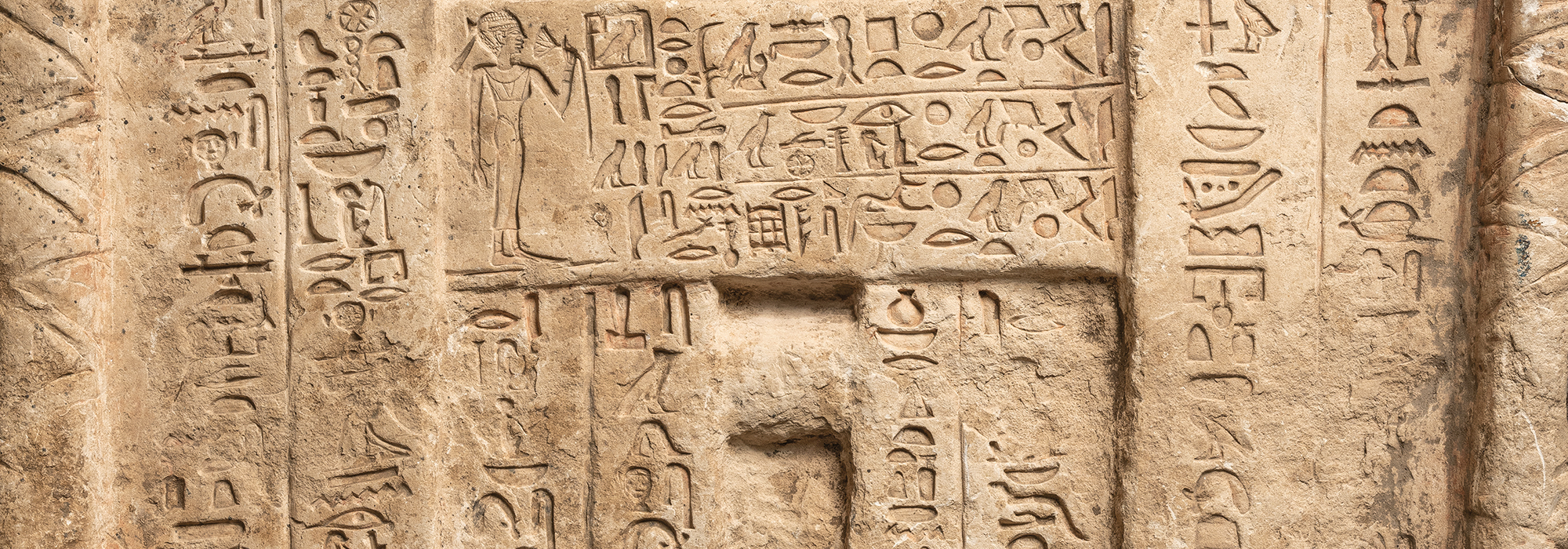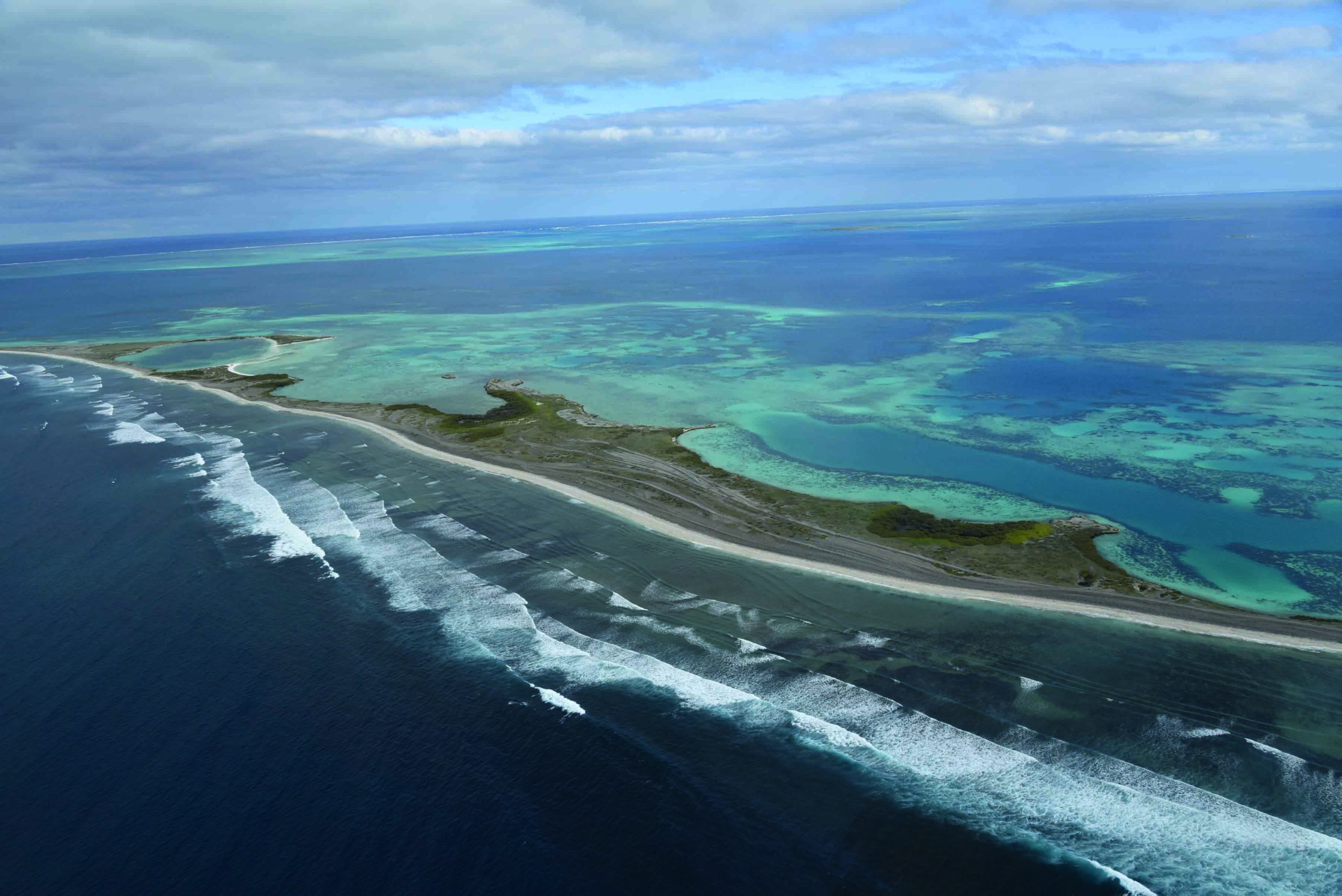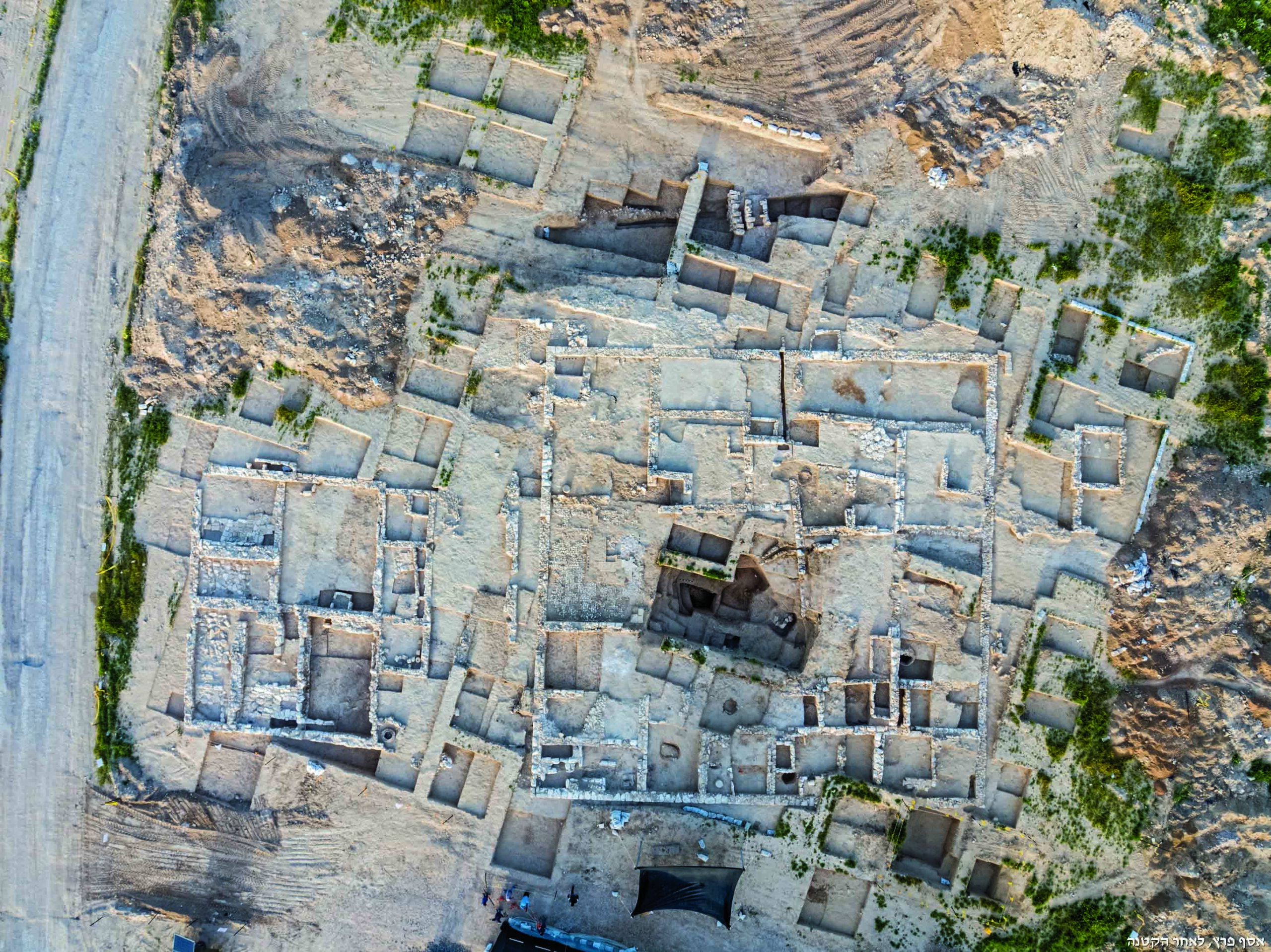
Construction in the town of Rahat in Israel’s Negev Desert has revealed evidence of the effects of Islam in the region between the seventh and ninth centuries A.D. Researchers discovered multiple buildings dating to the Umayyad (A.D. 661–750) and Abbasid (A.D. 750–1258) periods, including a mosque dating to the seventh or eighth century A.D. Roughly 400 yards away, the team discovered the ruins of a palatial Islamic-style building thought to have belonged to a local ruler, featuring walls decorated with frescoes and stone hallways arranged around a central courtyard. Beneath the courtyard, the team unearthed a 10-foot-deep, rock-hewn cistern system.
According to archaeologist Noe David Michael of the Israel Antiquities Authority, the building is similar to some Umayyad- and Abbasid-era structures found in Jordan, but is the first of its kind to have been uncovered in the Negev Desert. There appears to have been an extended period of coexistence between Christians and Muslims in the region. “Christian monasteries and churches were in use in some places until the ninth century,” says Michael. “It’s possible that the mosque we uncovered in Rahat was visited at the same time as Christian places of worship nearby.”



